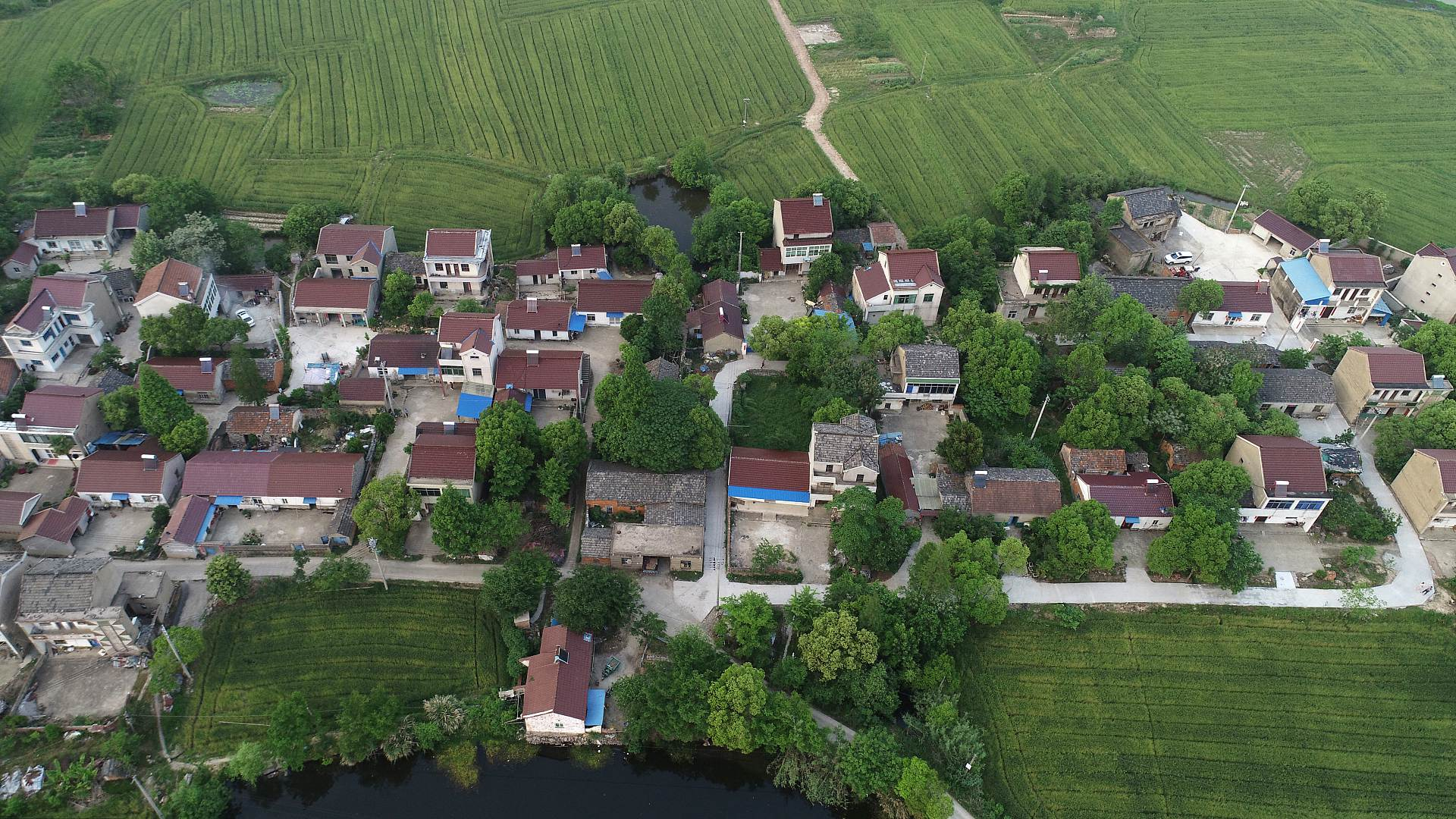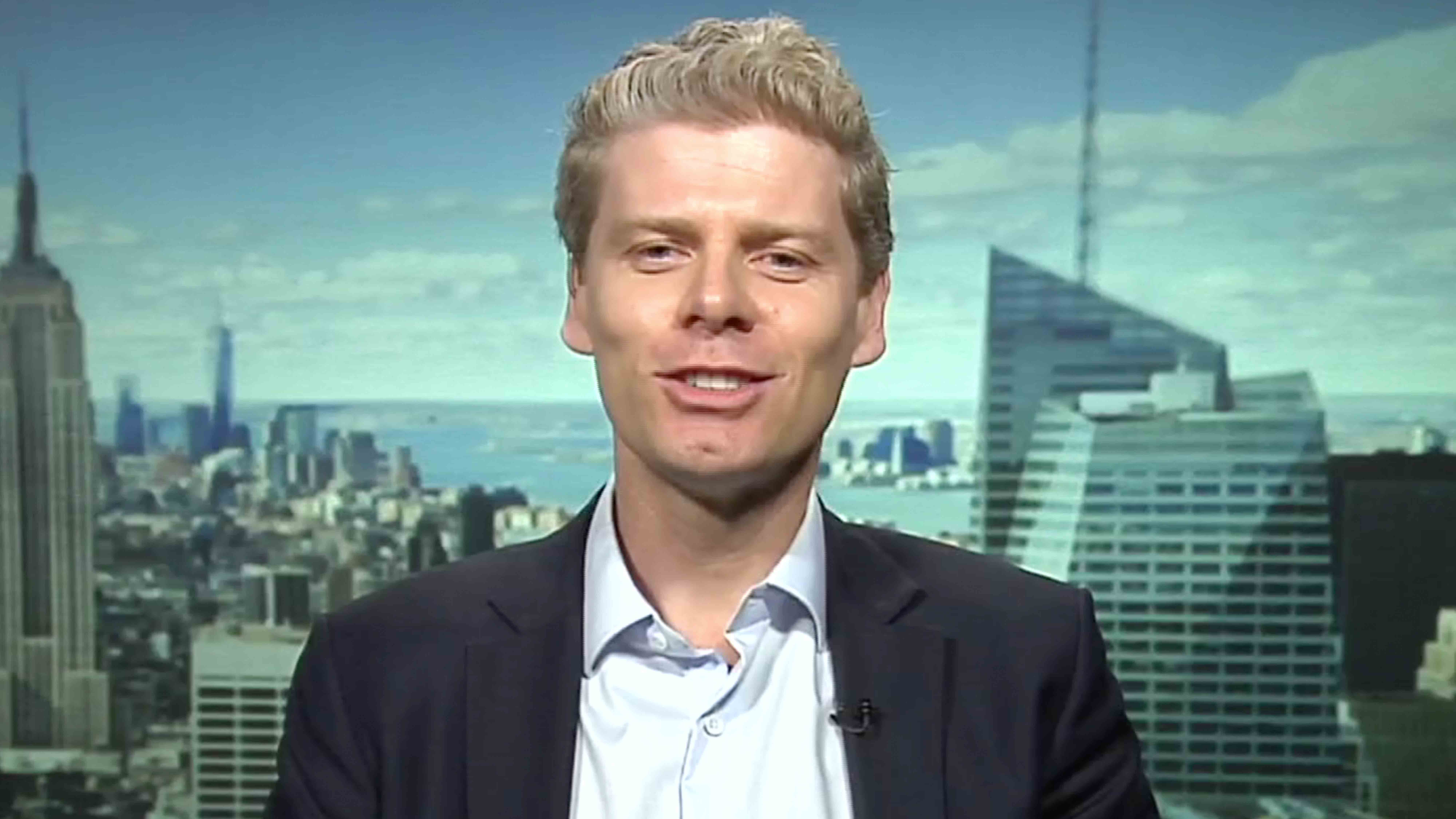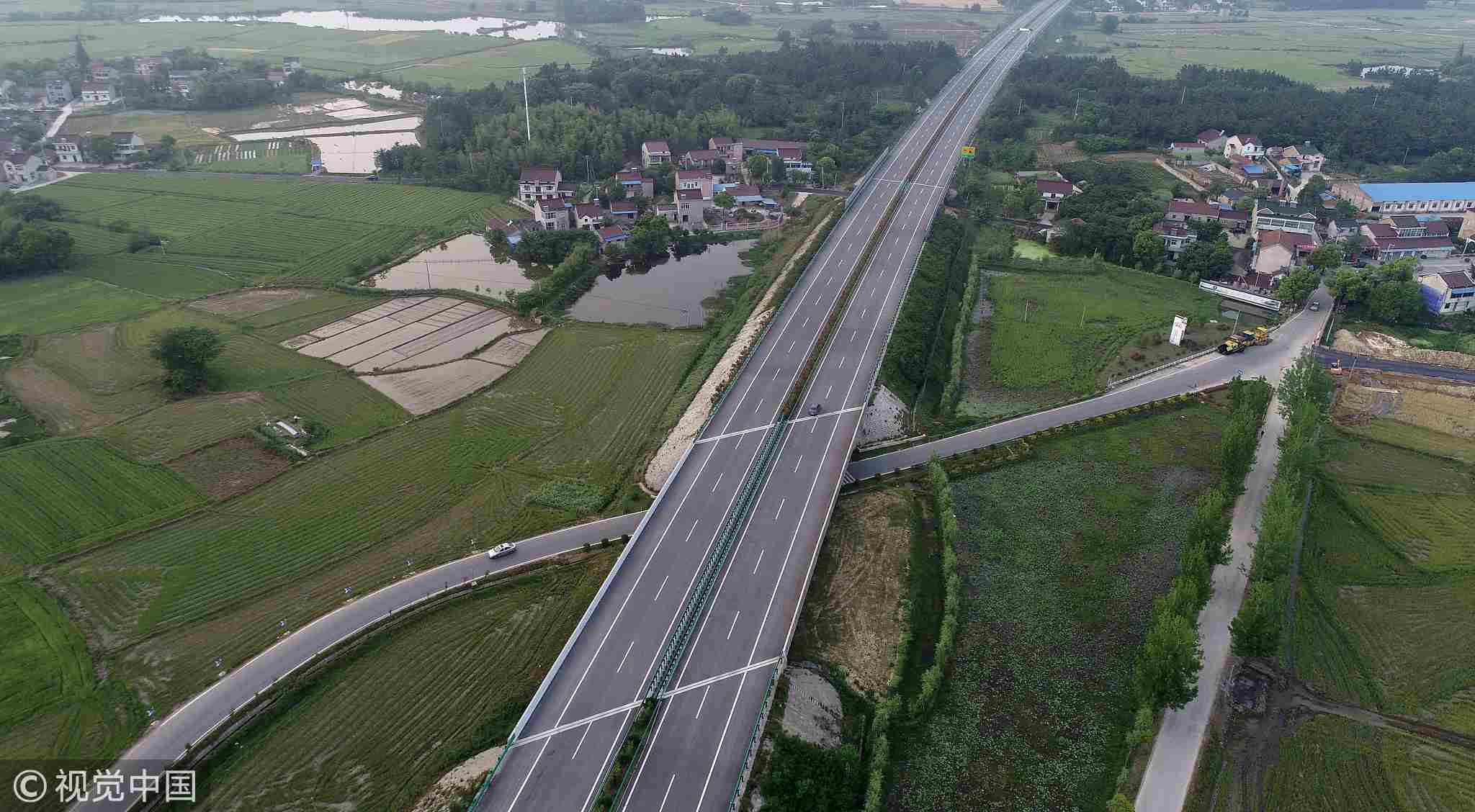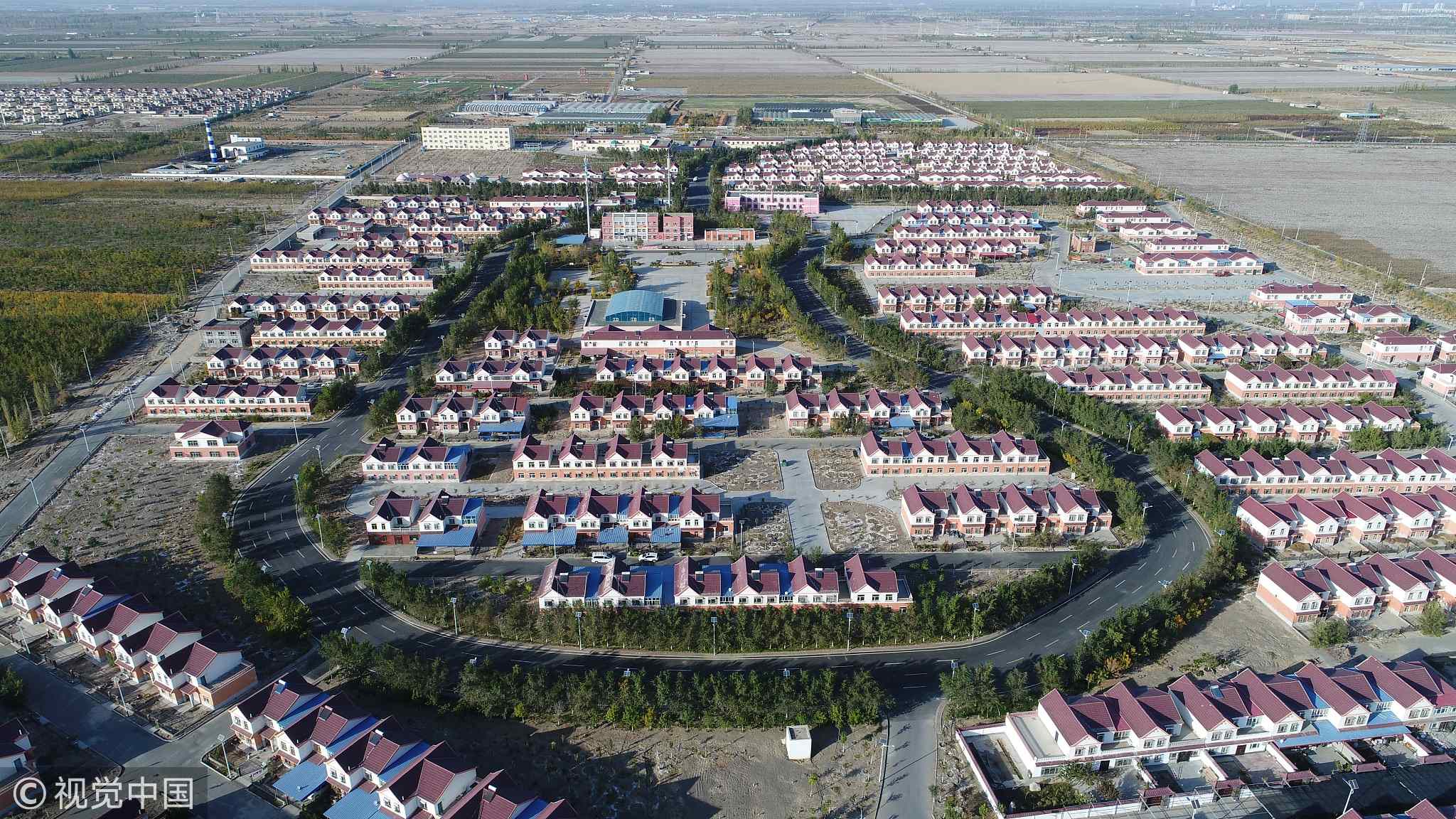
Opinions
10:54, 10-Aug-2018
Opinion: Structural problems challenge China’s rapid urbanization
Updated
10:45, 13-Aug-2018
CGTN's The Heat

China’s urban population has grown to more than 813 million, reaching nearly 60 percent of the country. The 2014-2020 New Urbanization Plan focuses on expanding cities, modernizing the countryside and building urban centers in rural regions.
The rapid urbanization achievement has been widely recognized. Uwe Brandes, the director of the Master’s program in Urban and Regional Planning at Georgetown University, expressed his deep impression from a recent visit to China.
“I was surprised by the outstanding transportation infrastructure that has been built across the country,” he said in a recent panel. “Major trends of innovation are happening in cities. The payment structure, for instance, is driving the city towards digitalization.”
01:19

Although humans have been building cities for around 5,000 years, the cities in China are unique in terms of their historic value.
“The contemporary cities in China have been around for a long time,” said Uwe. “Wuhan, for example, just celebrated its 3,000 years’ history as a trading city midway on Yangtze River. Now the Belt and Road Initiative opens up new opportunities for it.”
Unlike the common thought that the urbanization process is entirely a top-down proposal raised by the central government, Chinese scholars pointed out that the supportive voice from Chinese people should not be underestimated.
“It meets the needs of people who want to come to the city for higher income, better public services and better amenities in urban lives,” said Yan Song, an urban planning and transportation consultant in China and the director of the Chinese Cities Program at the University of North Carolina.
“The mega-transportation project, urbanized centers, college towns and public parks are all offering desired job opportunities.”
But such rapid urbanization is not without its challenges. According to Lu Zhe, a research fellow at the International Monetary Institute, the urban retention rate of the migrant workers is only somewhere around 18 percent, meaning that land growth has outpaced the urbanization of people.

VCG Photo.
VCG Photo.
Weiping Wu, director of Columbia University’s Masters Urban Planning program and the co-author of The Chinese City, expressed her worry.
“The key challenge here is setting an expectation of our priority: Do we prefer economic growth, or do we prefer our quality of life?” she asked.
Stefan Al, an urban design and Senior Associate Principal with Kohn Pedersen Fox Associates, also raised three challenges that Chinese urban planners are facing.
The first is about human skills. Since the first wave of urbanization started in the 1980s, cities are largely planned to be car-centric superblocks and don’t promote walkability. The construction of urban buildings also turned city surface impervious, bringing headaches such as floods to cities.
“Another issue that’s usually neglected is about identity,” he added. “It’s a big challenge to promote urban growth and at the same time hold on to traditional values and beautiful buildings of the past.”
Transportation infrastructure is one of the most recognizable accomplishments of China’s urbanization, and urban planning experts are now raising new questions as China enters the next stage of construction.

VCG Photo.
VCG Photo.
One fundamental question, according to Yan Song, concerns the spatial support from the rural area to the high volume of commuting parties. As the urbanization shows more of a decentralizing trend, the changing labor market landscape may not comply with the original transportation design.
China’s urbanization not only gave rise to new markets and investment opportunities but also a shift away from an export-driven economy to the one based on domestic consumption. One of the features of China’s infrastructure construction is the dominant state-owned investments, which “has crowded away private investments”, as Weiping suggested.
But China’s urbanization is overall a positive progress, just like Tokyo, Singapore or any other cosmopolitans in Asian countries that have also come across similar problems.
“China should learn from the successful experience of dealing with urbanization problems from those cities,” said Yan Song.
The Heat with Anand Naidoo is a 30-minute political talk show on CGTN. It airs weekdays at 7:00 a.m. BJT and 7:00 p.m. Eastern in the United States.

SITEMAP
Copyright © 2018 CGTN. Beijing ICP prepared NO.16065310-3
Copyright © 2018 CGTN. Beijing ICP prepared NO.16065310-3